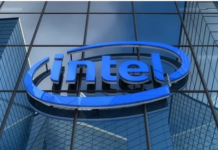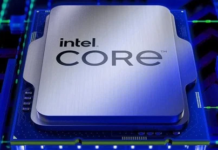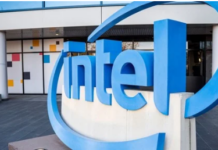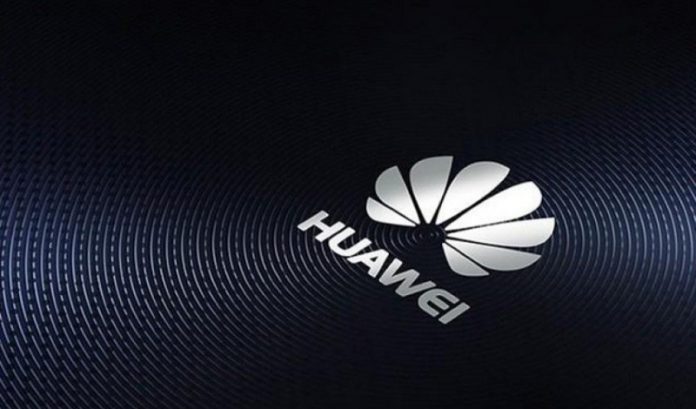Huawei is already the manufacturer of its own Kirin processors whose latest 950 impresses with its prowess. Probably satisfied with these results, it could be that the firm starts to develop its own graphics chip as well as flash memory.
Last May, an information highlighted a long-term project by the Asian company to design its own KirinOS operating system. This development started three years ago would aim to alleviate Huawei’s dependence on Android only now, in the face of competitors like iOS, Android or Windows Phone, its existence to be quickly swallowed up by its opponents.
Huawei’s current Kirin processors incorporate ARM Mali chips. The company’s ambition is to become able to optimize its own GPUs in order to incorporate them perfectly into its SoC Kirin. The success of such an approach would allow the design of even more efficient smartphones.
As for flash memory, Huawei is currently in the process of drawing the hardware components. An eMMC or UFSmemory would be possible. This would allow the Subsidiary Hi-Silicon to enter this field and compete with leaders like SK Hynix, Samsung and Micron Technology for the production of these chips.
For now, no release date has been given, no one knows when Huawei will present its KirinOS, its homemade graphics chip or its flash memory. In the run-up to a possible announcement, we should find in March the new version of its P range with the Huawei P9 intended to contain a dual front sensor. Under its hood, the Kirin 950 will be present on the other hand, little chance of seeing home technologies included so soon.
It will likely take several more months of testing for the Asian firm to develop a reliable and optimal system. Should we expect a divorce between Huawei and Android, just a few months after the company designed the latest Nexus 6P? It is still too early to say, but it seems a little too exaggerated.
































